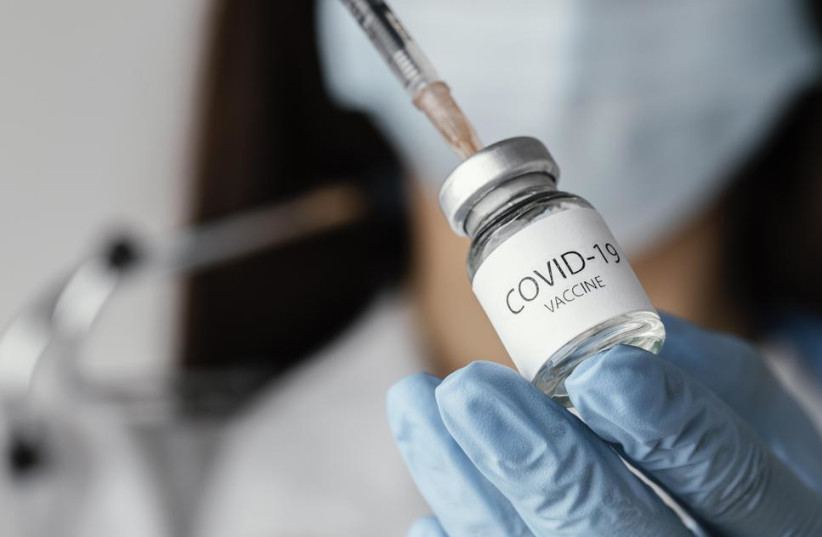A 33-year-old man sought medical attention at a specialized clinic, displaying an uncommon symptom of prolonged COVID-19.
Whenever he stood, his legs would feel heavy, itchy, and tingling, accompanied by a surprising shade of purple. Intriguingly, these symptoms subsided when he reclined.
This exceptional case has been documented in the esteemed publication The Lancet. The report details how the patient's blood pressure and pulse were monitored in both reclined and standing positions.
While his heart rate remained within the normal range while lying down, it escalated significantly when standing. The individual also reported additional symptoms, including brain fog and tremors, consistent with orthostatic intolerance syndrome.
How orthostatic intolerance syndrome affects your body
Normally, upon standing, gravity causes blood to move downward in the body. To counteract this, the body adjusts by slightly increasing heart rate and constricting blood vessels, ensuring a steady oxygen flow to the heart and brain. However, individuals with the syndrome do not experience these automatic adjustments, as clarified by the British Heart Foundation's website. Instead, when transitioning to an upright stance, the heart rate surges to compensate for decreased blood supply to the heart and brain.

The patient had contracted COVID-19 a year and a half prior to seeking medical help. Suspected of reinfection six months after the initial bout, he experienced fatigue, muscle pain, brain fog, and other lingering symptoms associated with long COVID.
The medical team's report asserts an emerging connection between coronavirus and dysautonomia, a condition that can manifest following viral infections. A prior study documented the syndrome in 20 previously healthy patients after contracting the coronavirus.
Dr. Manoj Sion, the study's editor, highlighted the significance of this specific case of acrocyanosis, a condition causing blue or purple skin discoloration, previously unseen in the patient. Dr. Sion emphasized the importance of raising awareness about this unusual symptom among both the public and the medical community.
He stressed that patients experiencing such symptoms might not realize the potential link between COVID-19 and prolonged dysautonomia, causing unnecessary concern. Similarly, physicians might not be well-versed in the association between acrocyanosis and extended COVID-19 effects. Increasing awareness about dysautonomia's role in chronic viral infections is crucial, equipping doctors with effective tools for proper patient management.
In a study conducted last February by the University of Missouri, the initially reported 47 symptoms of long COVID were narrowed down to just seven.
Published in the Open Forum Infectious Disease journal, the study indicated that persistent COVID-19 sufferers might experience only 7 predominant health issues, fewer than commonly thought. These symptoms include palpitations, fatigue, hair loss, joint pain, chest pain, shortness of breath, and obesity.
